It is a simple problem.
“How many colors are needed to color any map (real or imaginary) such that any country is always colored differently than any neighbor with whom it shares a border?”
The answer is also simple. Four colors suffice. Discounting parts of a country entirely separated from each other (e.g Alaska and Hawaii from the mainland United States), you can color any map such that no two countries sharing a bordered are colored the same with only four colors. (Don’t believe it? Try it for yourself and then come back!)
The answer was simple. It was even known to be ‘true’ in some sense. But the mathematics necessary to demonstrate it are deceptively complex.
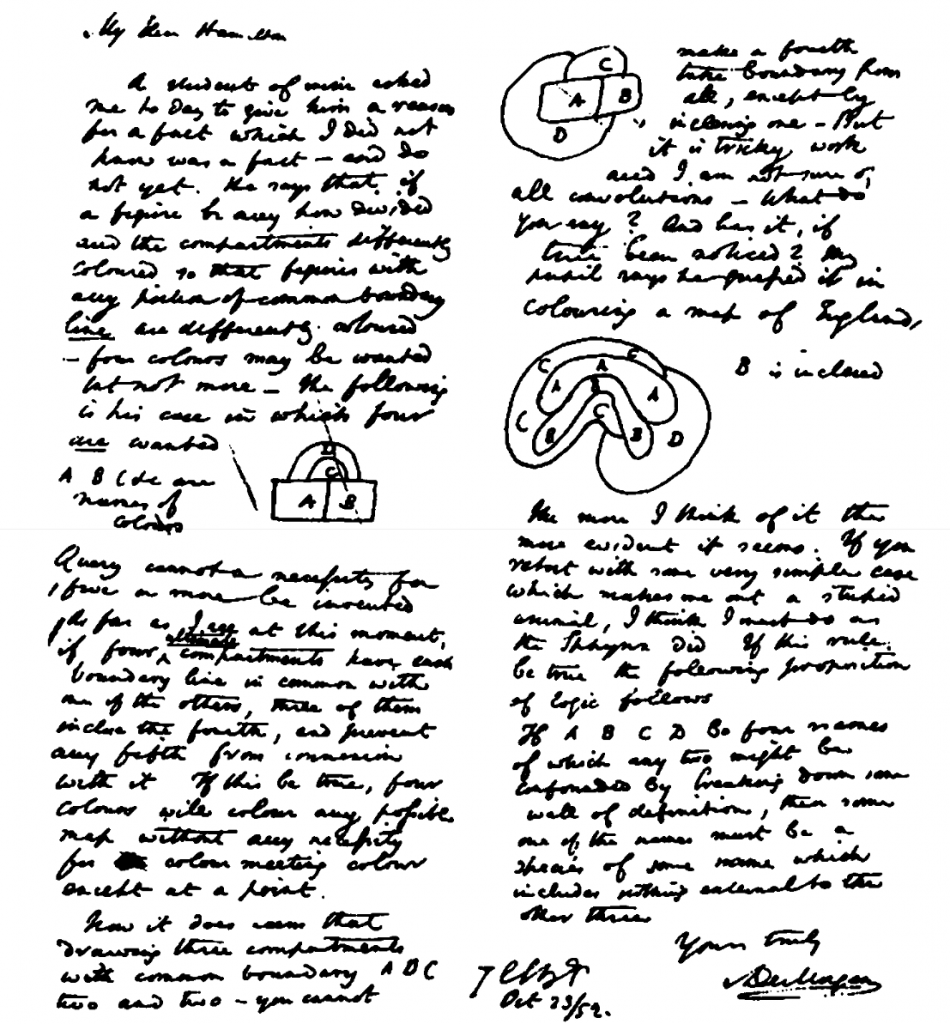
The letter from Augustus de Morgan to Sir William Rowan Hamilton, 1852
For anyone who thinks the history of mathematics cannot possibly produce a genuine page-turner, think again. Robin Wilson’s Four Colors Suffice: How the Map Problem Was Solved is a deep dive into the fascinating world of high-level mathematics. You will encounter in its pages eccentric practitioners (professional and recreational), surprising story lines, and illuminating debates about the nature of proof itself.
Wilson tells the story of a problem that started off as a simple puzzle. It all began with a 22-year-old student of mathematics, Francis Guthrie, sitting down to color a map of England. He noticed that he needed only four colors to assure no two bordering counties were colored the same. Could this, he wondered, be universally true? Finding a solution became one of the most famous mathematical conundrums in history.
Chapter after chapter, Wilson’s book manages to sustain a genuine ‘edge of your seat’ feel. One mathematician after another claims to have found a solution – only to face disappointment. One of the chief delights of Four Colors Suffice is the cast of characters (professional and recreational mathematicians) that we meet along the way. These include the inventor of the Mobius strip, Lewis Carroll (the author of the Alice books), an English lawyer specializing in ecclesiastical law, and a set of upstart computer programmers who finally dared to use this new computational power to muscle through a ‘proof’ that many mathematicians at the time were not willing to accept because it could not be verified by hand. (The theorem has since been simplified, but the conversation concerning computer-assisted proofs continues.)
The book itself is crisp and colorful with plenty of illustrations that make the mathematical terms (rhombicuboctahedron anyone?) accessible to those less familiar with math. But as mathematical history, the book will engage expert readers as well.
Why would someone dedicate their life to finding a mathematical solution to a seemingly useless problem? Wilson’s book provides a living answer to that question. It is a wonderful introduction to the arcane, eccentric and ultimately beautiful world of mathematics.
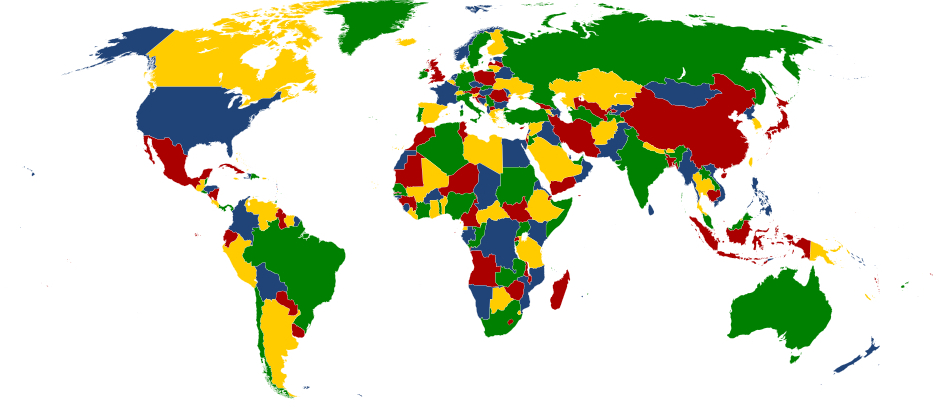


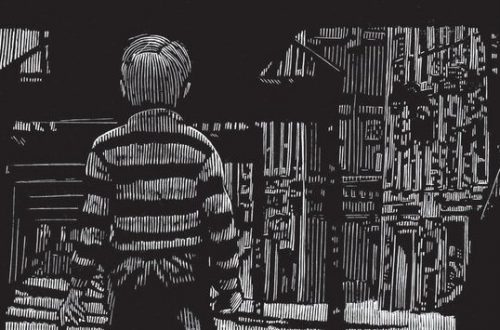
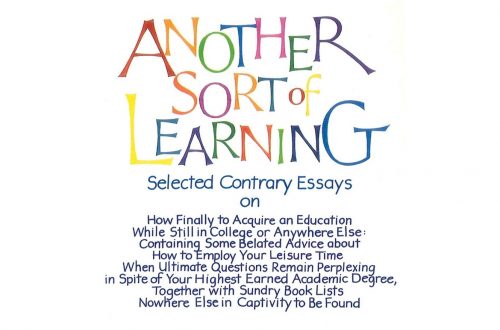
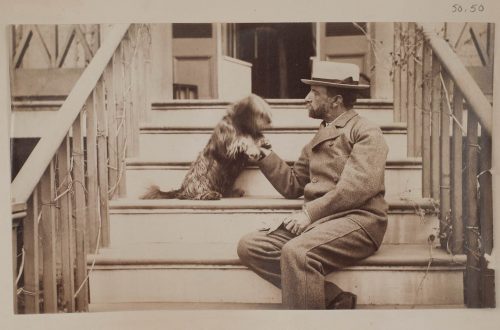
3 Comments
Tom King
And that, folks is why we call this map coloring proof mostly pure mathematics, instead of the tainted, applied mathematics. Beyond the map and the 4 colors there’s not a lot to apply. Yet….
Jon Balsbaugh
Tom, you’re not going to inflame the applied vs. pure mathematics conversation on here are you? This is a platform for CIVIL discourse!!!
Just kidding, of course.
How do you feel about computer-assisted proofs, though?
Brian Ridpath
Hey Jon,
I remember in college the uproar that the computer assisted proof caused. Turns out since that time (early 80’s), I believe other computer assisted “proofs” have come about since that time. I always liked changing computer assisted to computer directed. Sometimes looking at a great number of cases helps one find the traditional proof that one had been looking for all along.